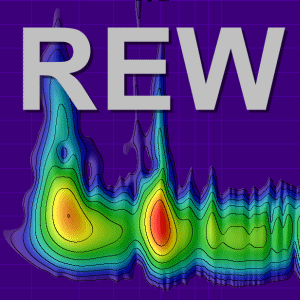Antti Huovilainen
New Member
Thread Starter
- Joined
- May 15, 2017
- Posts
- 10
Hi,
Another low hanging fruit:
Add feature to calculate dB(A) - dB(B). This should be trivial to implement and would be useful to separate the effects of comb filtering / modal ringing (can't be compensated with EQ above 100 Hz) from general tonality (can largely be compensated with EQ).
Another low hanging fruit:
Add feature to calculate dB(A) - dB(B). This should be trivial to implement and would be useful to separate the effects of comb filtering / modal ringing (can't be compensated with EQ above 100 Hz) from general tonality (can largely be compensated with EQ).












